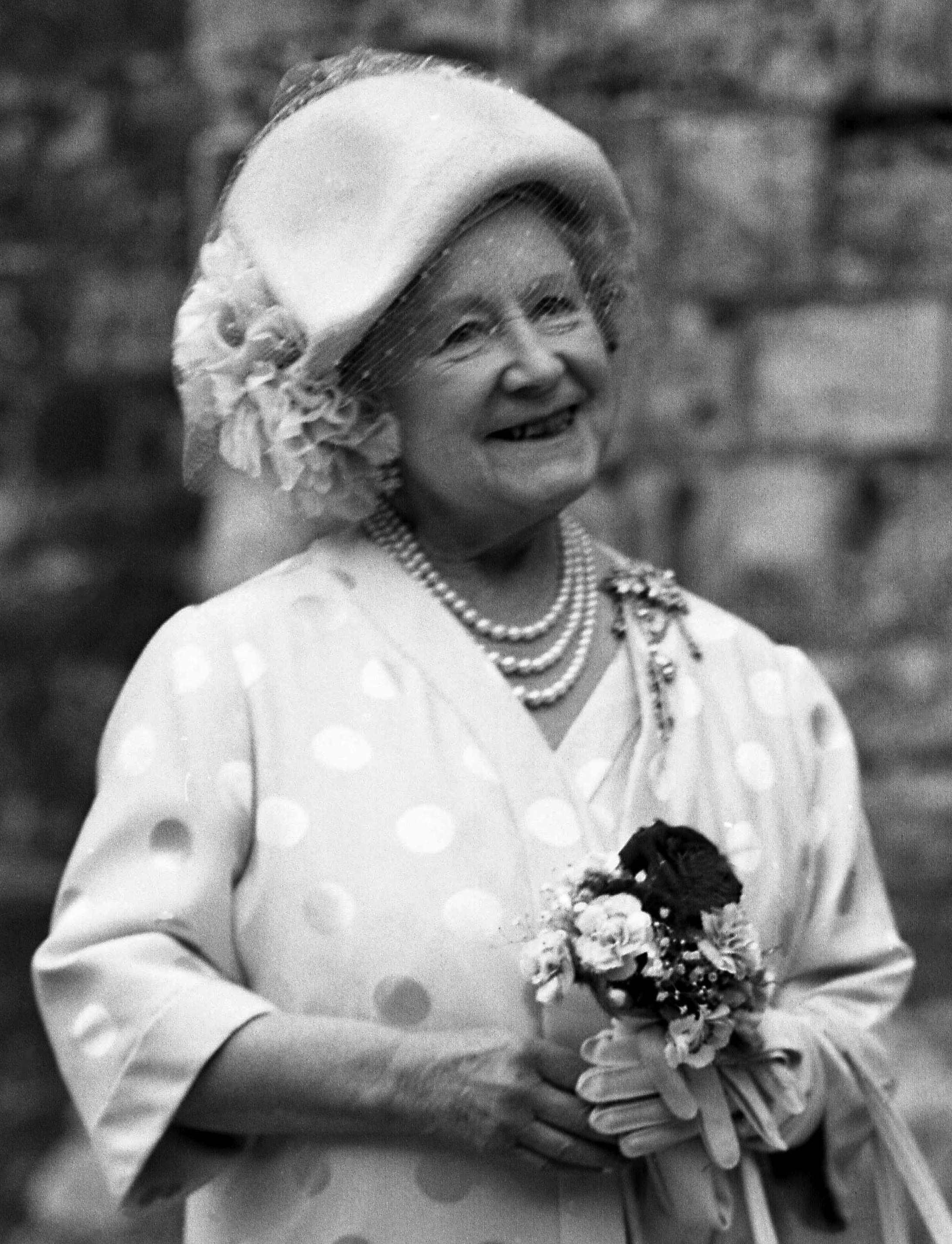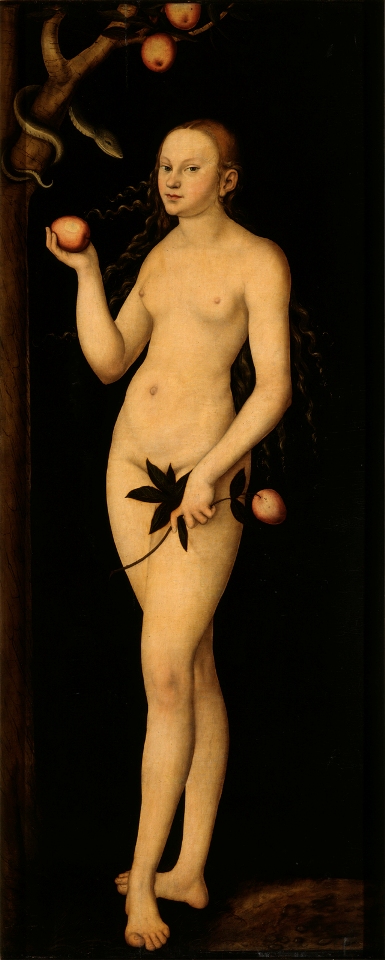|
Zibiah
Zibiah, or Sibia, ( he, צִבְיָה; ''Ṣīḇəyā'', "gazelle") was the consort of King Ahaziah of Judah, and the mother of King Jehoash of Judah.2 Kings 12:1 She was from Beersheba. She is mentioned only in 2 Kings 12:1 and 2 Chronicles 24:1, both references to her son's accession. The biblical references give no information about her other than her association with Beersheba and Joash. The fact that she was from Beersheba indicates a southern strategy by the king of Judah, trying to consolidate the control of the area.מיכאל קוכמן, עולם התנ"ך: מלכים ב', תל אביב, דוידזון עתי, 1994, ע"מ 94 Zibiah is also a Hebrew given name (compare Aramaic, "Tabitha Tabitha () is an English feminine given name, originating with (or made popular through) Saint Tabitha, mentioned in the New Testament. In the Bible Tabitha or Dorcas is a woman mentioned in the New Testament. The English name is derived from ..."). References {{reflist Queen moth ... [...More Info...] [...Related Items...] OR: [Wikipedia] [Google] [Baidu] |
Jehoash Of Judah
Jehoash (; el, Ιωας; la, Joas), also known as Joash (in King James Version), Joas (in Douay–Rheims) or Joás (), was the eighth king of Judah, and the sole surviving son of Ahaziah after the massacre of the royal family ordered by his grandmother, Athaliah. His mother was Zibiah of Beersheba. Jehoash was 7 years old when his reign began, and he reigned for 40 years. ( 2 Kings 12:1, 2 Chronicles 24:1) He was succeeded by his son, Amaziah of Judah. He is said to have been righteous "all the days of Jehoiada the priest" () but to have deviated from fidelity to Yahweh after Jehoiada's death (). William F. Albright has dated his reign to 837–800 BCE, while E. R. Thiele offers the dates 835–796 BCE. Early life According to the Hebrew Bible, following the death of his father, Ahaziah, Jehoash was spared from the rampages of Ahaziah's mother, Athaliah, by Jehoash's paternal aunt, Jehosheba, who was married to the high priest, Jehoiada. After hiding him in the T ... [...More Info...] [...Related Items...] OR: [Wikipedia] [Google] [Baidu] |
Beersheba
Beersheba or Beer Sheva, officially Be'er-Sheva ( he, בְּאֵר שֶׁבַע, ''Bəʾēr Ševaʿ'', ; ar, بئر السبع, Biʾr as-Sabʿ, Well of the Oath or Well of the Seven), is the largest city in the Negev desert of southern Israel. Often referred to as the "Capital of the Negev", it is the centre of the fourth-most populous metropolitan area in Israel, the eighth-most populous Israeli city with a population of , and the second-largest city in area (after Jerusalem), with a total area of 117,500 dunams. The Biblical site of Beersheba is Tel Be'er Sheva, lying some 4 km distant from the modern city, which was established at the start of the 20th century by the Ottoman Turks. The city was captured by the British-led Australian Light Horse in the Battle of Beersheba during World War I. The population of the town was completely changed in 1948–49. ''Bir Seb'a'' ( ar, بئر السبع), as it was then known, had been almost entirely Muslim and Christian, and wa ... [...More Info...] [...Related Items...] OR: [Wikipedia] [Google] [Baidu] |
Tabitha
Tabitha () is an English feminine given name, originating with (or made popular through) Saint Tabitha, mentioned in the New Testament. In the Bible Tabitha or Dorcas is a woman mentioned in the New Testament. The English name is derived from an Aramaic word, /ܛܒܝܬܐ ''ṭaḇīṯā'' " emalegazelle", cf. he, צְבִיָּה '' Tzviya'' (classical ''ṣəḇīyāh''). It is a biblical name from Acts of the Apostles (), which in the original Greek was , in which Tabitha is a woman raised from the dead by Saint Peter. Variants Other spellings include Tabytha, Tabatha, Tabata, Tabathina and Tabea. Use in the United States and the United Kingdom The name was common in 18th century New England, and of those born between 1718 and 1745, ranked about 31st as most common female given names, about 0.56% of the population. The name gained a resurgence in the United States in the 1970s and 1980s, when it was ranked among the 200 most popular names for girls. The character Tabith ... [...More Info...] [...Related Items...] OR: [Wikipedia] [Google] [Baidu] |
Ahaziah Of Judah
{{Short pages monitor ...
Ahaziah ( he, אֲחַזְיָהוּ, "held by Yah(-weh)"; Douay–Rheims: Ochozias) was the name of two kings mentioned in the Hebrew Bible: *Ahaziah of Israel *Ahaziah of Judah Ahaziah ( he, אֲחַזְיָהוּ, "held by Yah(-weh)"; Douay–Rheims: Ochozias) was the name of two kings mentioned in the Hebrew Bible The Hebrew Bible or Tanakh (; [...More Info...] [...Related Items...] OR: [Wikipedia] [Google] [Baidu] |
2 Kings
The Book of Kings (, '' Sēfer Məlāḵīm'') is a book in the Hebrew Bible, found as two books (1–2 Kings) in the Old Testament of the Christian Bible. It concludes the Deuteronomistic history, a history of Israel also including the books of Joshua, Judges and Samuel. Biblical commentators believe the Books of Kings were written to provide a theological explanation for the destruction of the Kingdom of Judah by Babylon in c. 586 BCE and to provide a foundation for a return from Babylonian exile.Sweeney, p1/ref> The two books of Kings present a history of ancient Israel and Judah, from the death of King David to the release of Jehoiachin from imprisonment in Babylon—a period of some 400 years (). Scholars tend to treat the books as consisting of a first edition from the late 7th century BCE and of a second and final edition from the mid-6th century BCE.Fretheim, p. 7 Contents The Jerusalem Bible divides the two Books of Kings into eight sections: *1 Kings 1:1� ... [...More Info...] [...Related Items...] OR: [Wikipedia] [Google] [Baidu] |
Hebrew
Hebrew (; ; ) is a Northwest Semitic language of the Afroasiatic language family. Historically, it is one of the spoken languages of the Israelites and their longest-surviving descendants, the Jews and Samaritans. It was largely preserved throughout history as the main liturgical language of Judaism (since the Second Temple period) and Samaritanism. Hebrew is the only Canaanite language still spoken today, and serves as the only truly successful example of a dead language that has been revived. It is also one of only two Northwest Semitic languages still in use, with the other being Aramaic. The earliest examples of written Paleo-Hebrew date back to the 10th century BCE. Nearly all of the Hebrew Bible is written in Biblical Hebrew, with much of its present form in the dialect that scholars believe flourished around the 6th century BCE, during the time of the Babylonian captivity. For this reason, Hebrew has been referred to by Jews as '' Lashon Hakodesh'' (, ) since an ... [...More Info...] [...Related Items...] OR: [Wikipedia] [Google] [Baidu] |
Aramaic
The Aramaic languages, short Aramaic ( syc, ܐܪܡܝܐ, Arāmāyā; oar, 𐤀𐤓𐤌𐤉𐤀; arc, 𐡀𐡓𐡌𐡉𐡀; tmr, אֲרָמִית), are a language family containing many varieties (languages and dialects) that originated in the ancient region of Syria. For over three thousand years, It is a sub-group of the Semitic languages. Aramaic varieties served as a language of public life and administration of ancient kingdoms and empires and also as a language of divine worship and religious study. Several modern varieties, namely the Neo-Aramaic languages, are still spoken in the present-day. The Aramaic languages belong to the Northwest group of the Semitic language family, which also includes the Canaanite languages such as Hebrew, Edomite, Moabite, and Phoenician, as well as Amorite and Ugaritic. Aramaic languages are written in the Aramaic alphabet, a descendant of the Phoenician alphabet, and the most prominent alphabet variant is the Syriac alphabet. The ... [...More Info...] [...Related Items...] OR: [Wikipedia] [Google] [Baidu] |
Queen Mothers
A queen mother is a former queen, often a queen dowager, who is the mother of the reigning monarch. The term has been used in English since the early 1560s. It arises in hereditary monarchies in Europe and is also used to describe a number of similar yet distinct monarchical concepts in non-European cultures around the world. " Queen Mother" usually, in English, refers to Queen Elizabeth The Queen Mother (queen consort, 1936–1952; queen mother, 1952–2002), who was the mother of Queen Elizabeth II and one of the few people to use the term as an official style. However, it is also used as an official title in Thailand where Sirikit, the mother of the present king, is officially styled "The Queen Mother". Status A queen mother is often a queen dowager, a widow of a king, who is simultaneously a former queen consort and the mother of the current monarch. As there is only one monarch, there can only be one queen mother. It is unclear if a queen consort whose husband abdicate ... [...More Info...] [...Related Items...] OR: [Wikipedia] [Google] [Baidu] |
Women In The Hebrew Bible
Women in the Bible are wives, mothers and daughters, victors and victims, women who change the course of important events, and women who are powerless to affect even their own destinies. Ancient Near Eastern societies have traditionally been described as patriarchal, and the Bible, as a document written by men, has traditionally been interpreted as patriarchal in its overall views of women. Marital laws in the Bible favor men, as do the inheritance laws there, and women are under strict laws of sexual behavior with adultery a crime punishable by stoning. A woman in ancient biblical times was always subject to strict purity laws, both ritual and moral. The majority of women in the Bible are unnamed, with named women making up only 5.5 to 8 percent of all named characters in the Bible. Recent scholarship accepts the presence of patriarchy in the Bible, but shows that ''heterarchy'' is also present: heterarchy acknowledges that different power structures between people can exi ... [...More Info...] [...Related Items...] OR: [Wikipedia] [Google] [Baidu] |
Hebrew Feminine Given Names
Hebrew (; ; ) is a Northwest Semitic language of the Afroasiatic language family. Historically, it is one of the spoken languages of the Israelites and their longest-surviving descendants, the Jews and Samaritans. It was largely preserved throughout history as the main liturgical language of Judaism (since the Second Temple period) and Samaritanism. Hebrew is the only Canaanite language still spoken today, and serves as the only truly successful example of a dead language that has been revived. It is also one of only two Northwest Semitic languages still in use, with the other being Aramaic. The earliest examples of written Paleo-Hebrew date back to the 10th century BCE. Nearly all of the Hebrew Bible is written in Biblical Hebrew, with much of its present form in the dialect that scholars believe flourished around the 6th century BCE, during the time of the Babylonian captivity. For this reason, Hebrew has been referred to by Jews as '' Lashon Hakodesh'' (, ) since an ... [...More Info...] [...Related Items...] OR: [Wikipedia] [Google] [Baidu] |





